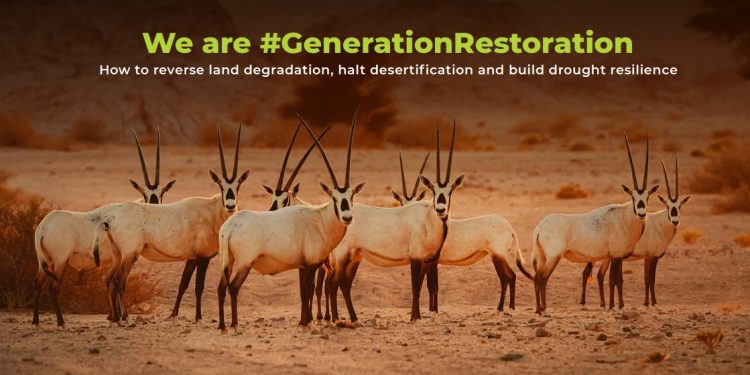World Environment Day 2024
World Environment Day is celebrated on 5 June, and this year’s theme is Our land, Our Future. The aim is to call for global attention to land restoration, desertification, and drought resistance.
World Environment Day is held annually by the United Nations Environmental Programme. The United Nations Environment Programme was established at the United Nations Conference on the Human Environment in June 1972, which also declared 5 June as World Environment Day.
Related Post: UN Environment Programme Launched Natural Risk Profile
Global Land Restoration, Desertification, and Drought resistance
As an important natural resource, land provides humans with the resources and services necessary for economic growth. Land is the largest carbon storage facility on land and plays an essential role in mitigating climate change. However, the problem of land degradation is becoming increasingly severe, with over one-fifth of the world’s land degradation affecting 3.2 billion people. Every five seconds, a football field size land degrades globally due to overcultivation, overgrazing, and other reasons, and it takes about 1000 years to form a surface layer of soil with a thickness of three centimeters. If land degradation persists, global food production may decrease by 12% by 2040.
If more than half of the degraded land can be restored globally, the process of biodiversity loss can be reversed. The Kunming Montreal Global Biodiversity Framework requires contracting parties to ensure effective restoration of at least 30% of degraded land, inland waters, oceans, and coastal ecosystems worldwide by 2030. The 16th Conference of Parties of the United Nations Convention to Combat Desertification will be held in December this year, with the aim of accelerating land restoration actions.
How to Restore Land: from the Perspective of Food Production
More than 80% of global biodiversity loss comes from food production and consumption, of which food production is an important component and a major cause of land degradation. Global agricultural producers receive over $540 billion in financial support annually, but over 80% of this funding distorts market prices and causes damage to nature.
From the perspective of food production, market participants can take numerous measures to restore land. For example, the financial industry can adjust the direction of subsidies, shift traditional subsidies towards sustainable agricultural activities, and ensure that agricultural industry participants have fair access to credit support. Agricultural enterprises can cultivate crop varieties that adapt to climate change, reduce the impact of drought on production, and research sustainable farming technologies to make crops both sustainable and scalable. During the planting process, agricultural producers need to carefully apply fertilizers and pesticides to prevent soil degradation. Consumers can choose sustainable products and reduce food waste.
How to Restore Land: from the Perspective of Water Resource Cycle
In addition to the land required for human agricultural production, animals and plants also need suitable ecosystems. These ecosystems can maintain water resource circulation, improve land fertility, and contribute to ecological restoration. Climate change, pollution, and overfishing are causing damage to ecosystems, and humans need to consider restoring land from the perspective of water resource cycling.
The government can adopt a comprehensive water resource management plan to reduce pollution and improve water quality in water resource utilization, treatment, and recycling. It is necessary to limit urban expansion near critical freshwater ecosystems and regularly monitor the health status of freshwater ecosystems. Enterprises can research on water circulation facilities such as rainwater collection and intelligent irrigation to solve sewage management and flood control problems. For blue ecosystems such as the ocean, measures such as establishing marine protected areas and reducing pollutant emissions should be taken to accelerate the restoration of marine biodiversity and provide support for the global water resource cycle.
Reference:
Becoming #GenerationRestoration: Ecosystem Restoration for People, Nature and Climate









